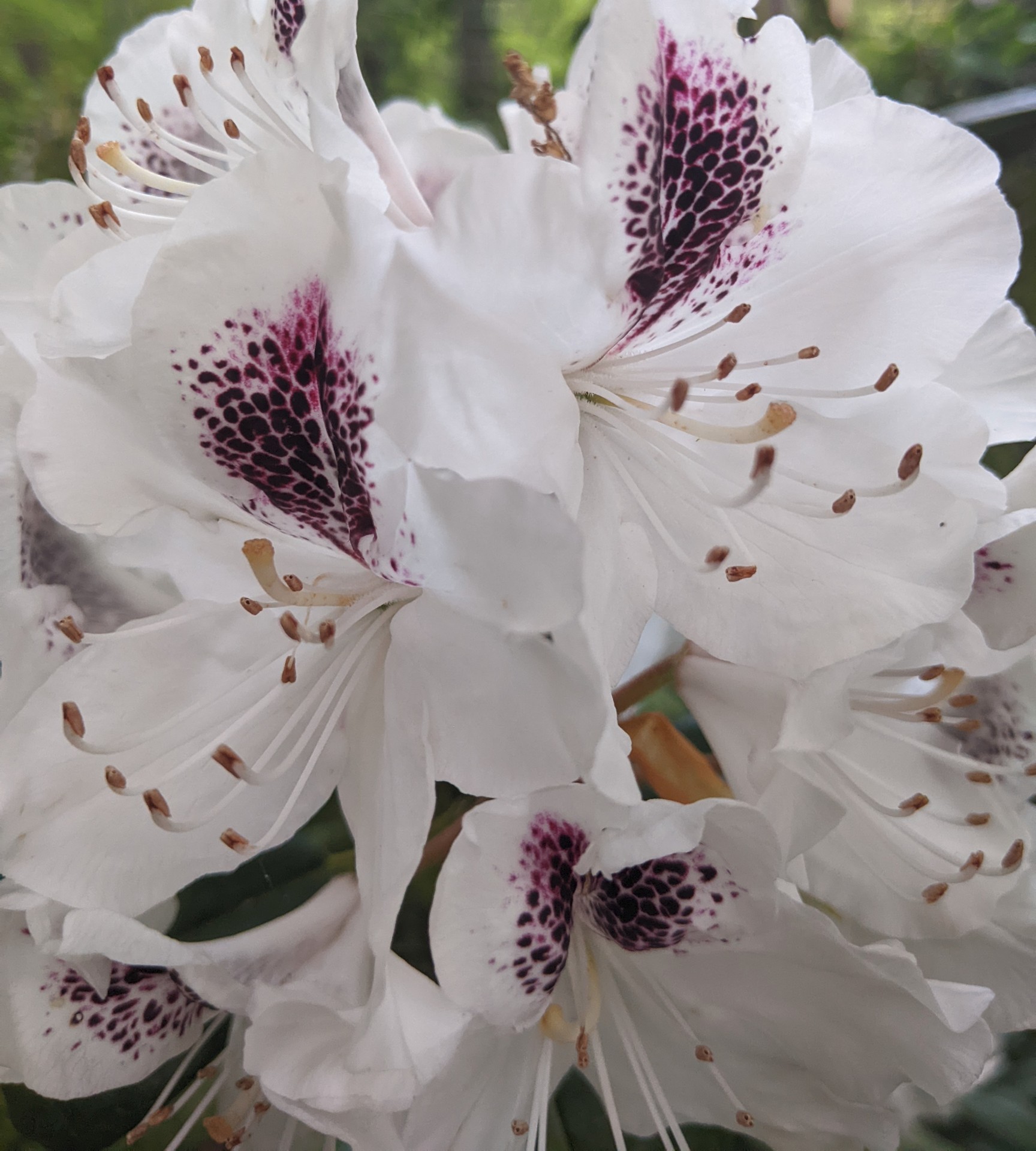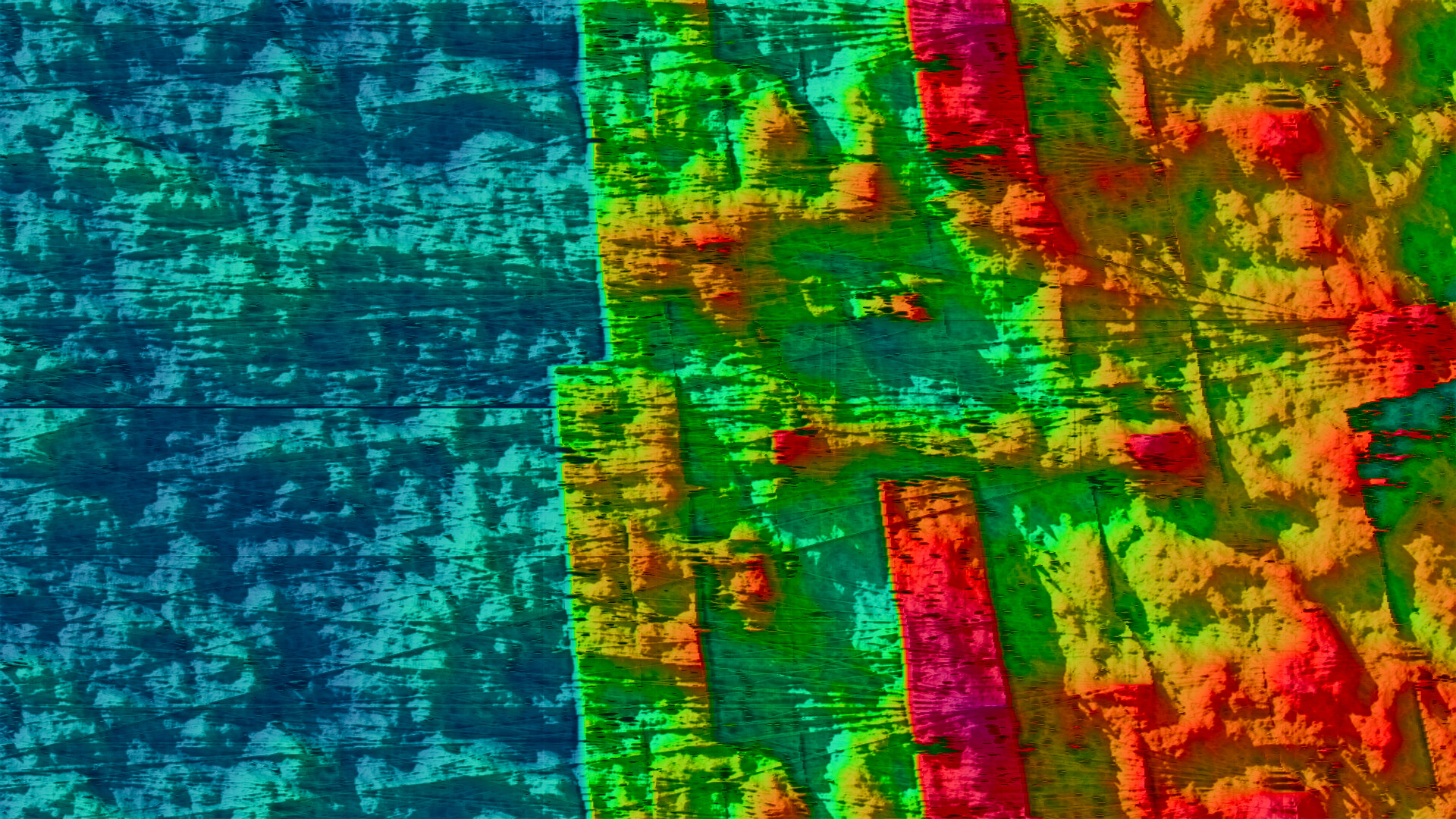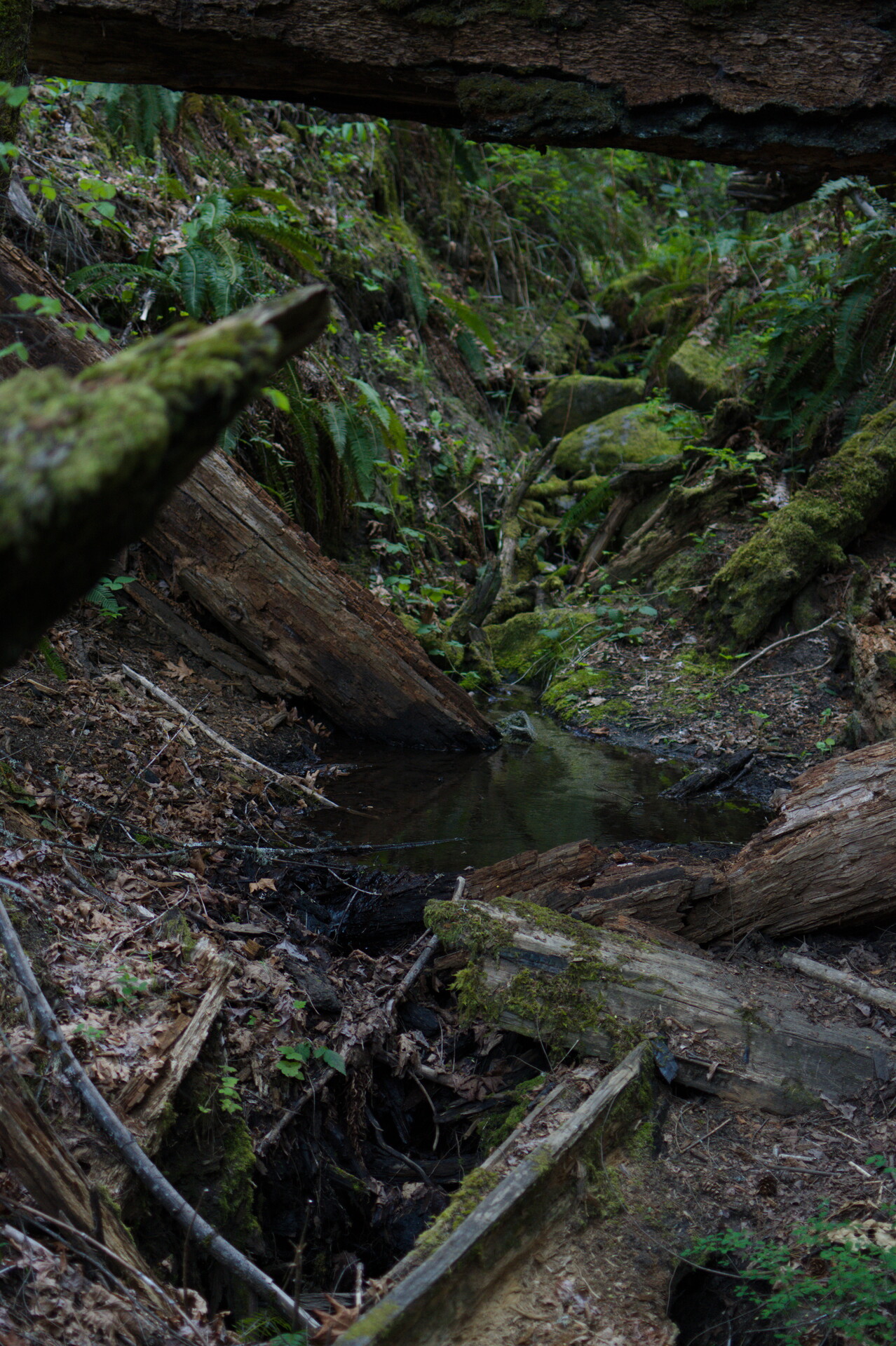If you’ve ever marinated meat in pineapple juice, this question will make sense: If you eat enough pineapple, does it digest you? Once, my friend (who had a soft belly) hugged our professor. He reported back: “His belly. It’s hard, like a walnut!”
When I talked about being depressed, he would insist that he was depressed, too. Another friend was proud of her curly hair. “Curly hair like mine,” I would say to her. “No, that’s wavy,” she would say, “you have wavy hair.” She tells me she likes her hair because it marks her as different.
Now, it’s hard to blame a different friend for saying that she, too, is rabid about politics. She demonstrates her rabidity to me. You don’t want this, I want to tell her. It’s ugly. I don’t want you to want this, in other words. I don’t want to screech at my relatives about capitalism. I don’t want everything I write to be in reference to a multitude of unnamed friends. The blood comes to the surface, this surface, here, and this is preferable to deleting it all, every friend.
I have a friend who went to film school who recently told me that she has has no visual memory. I remember her talking about how she wrote undergraduate film essays by keeping the DVD queued up, so she could skip around to find scenes.
I’ve just moved, and I’m looking for a couch. The free couches on craigslist, I tell her, are too ugly. She tells me to cover them with a pretty fabric. I look at a couch. I don’t want to imagine that washed-out 80s plaid underneath, I say. She says slipcovers exist for a reason. I used to have one on the couch I used to have. It was burgundy, and I wanted to remove its heavy corduroy from the soft yellow upholstery underneath, but its color hid a wine stain. “That was a borscht stain, that I left there,” she corrects me. (My mother had a dark red mark on her jaw.)
The place I’ve moved into is the place I was before, and before that, it was my childhood home. The bedroom is a loft where I used to sneak television alone. The ceiling is close to the bed, and the shapes in the drywall are familiar. I see the images I remember seeing, like clouds that never move. The drywall is white, and so is the carpet. There’s one spot on the carpet that intersects an intermittent line of ants marching up the wall, following each other, or following something else. The spot is covered in dead ants. I can remove them, but I think that different (indistinguishable) ones will come back.


